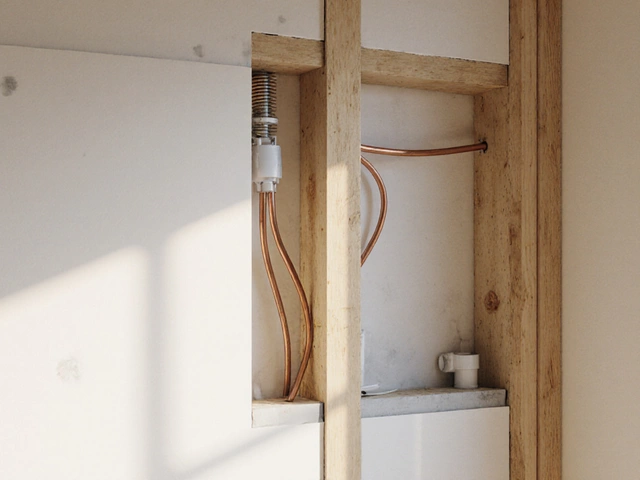Structural Tips for Stronger Buildings and Safer Homes
When it comes to structural tips, practical guidance that helps ensure buildings stay safe, stable, and long-lasting over time. Also known as building integrity practices, these are the no-nonsense rules that separate a house that lasts 100 years from one that starts showing cracks in just five. Whether you’re a homeowner checking your foundation or a contractor planning a new build, ignoring structural tips is like driving without seatbelts—you might get away with it for a while, but the risk is real.
One of the biggest mistakes people make is thinking a small crack is just cosmetic. But structural cracks, wider than 1/4 inch, jagged, or running diagonally across walls and foundations. Also known as load-bearing failures, these are warning signs your building’s backbone is under stress. The same goes for uneven floors or doors that won’t close—these aren’t just annoyances. They’re symptoms of settling, shifting soil, or weak supports. And if you’re dealing with a mixed-use building—say, steel framing downstairs and wood above—building codes, legal standards that dictate how materials, loads, and fire separations must be handled in construction. Also known as construction regulations, these aren’t suggestions—they’re enforced rules that keep people safe. Cutting corners here doesn’t just risk your investment; it risks lives.
Knowing when to DIY and when to call in a pro makes all the difference. You can seal a hairline crack yourself, but if you’re seeing gaps around windows, stair-step cracks in brick, or a chimney pulling away from the wall, that’s not a weekend fix. That’s a job for a structural engineer. And timing matters too—spring and fall are often the best seasons to fix foundation issues before extreme heat or frost makes things worse. The right construction types, the classification of buildings based on materials and fire resistance, like Type I (concrete/steel) vs Type V (wood-frame). Also known as building classifications, these determine everything from insurance rates to permitted uses. Choosing the wrong one for your project can lead to code violations, failed inspections, or worse.
Structural tips aren’t about fancy tools or expensive materials. They’re about awareness. They’re about measuring cracks, checking for moisture, understanding how soil moves, and knowing when a building is telling you something’s wrong. The posts below give you real examples—from how to tell if your foundation settlement is normal, to why drilling into a new build wall without checking for pipes can cost thousands, to what actually makes a building commercial vs residential in the eyes of the law. You’ll find guides on foundation repair costs, when to call a roofer before it’s too late, and how to spot bad cracks before they turn into full-blown disasters. These aren’t theories. They’re lessons from real jobs, real homes, and real mistakes that cost people big money. Read them. Use them. And build smarter.





